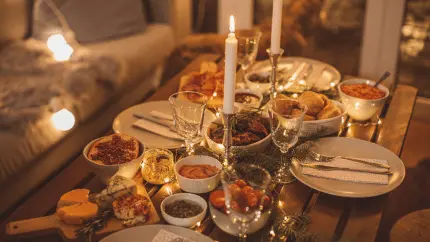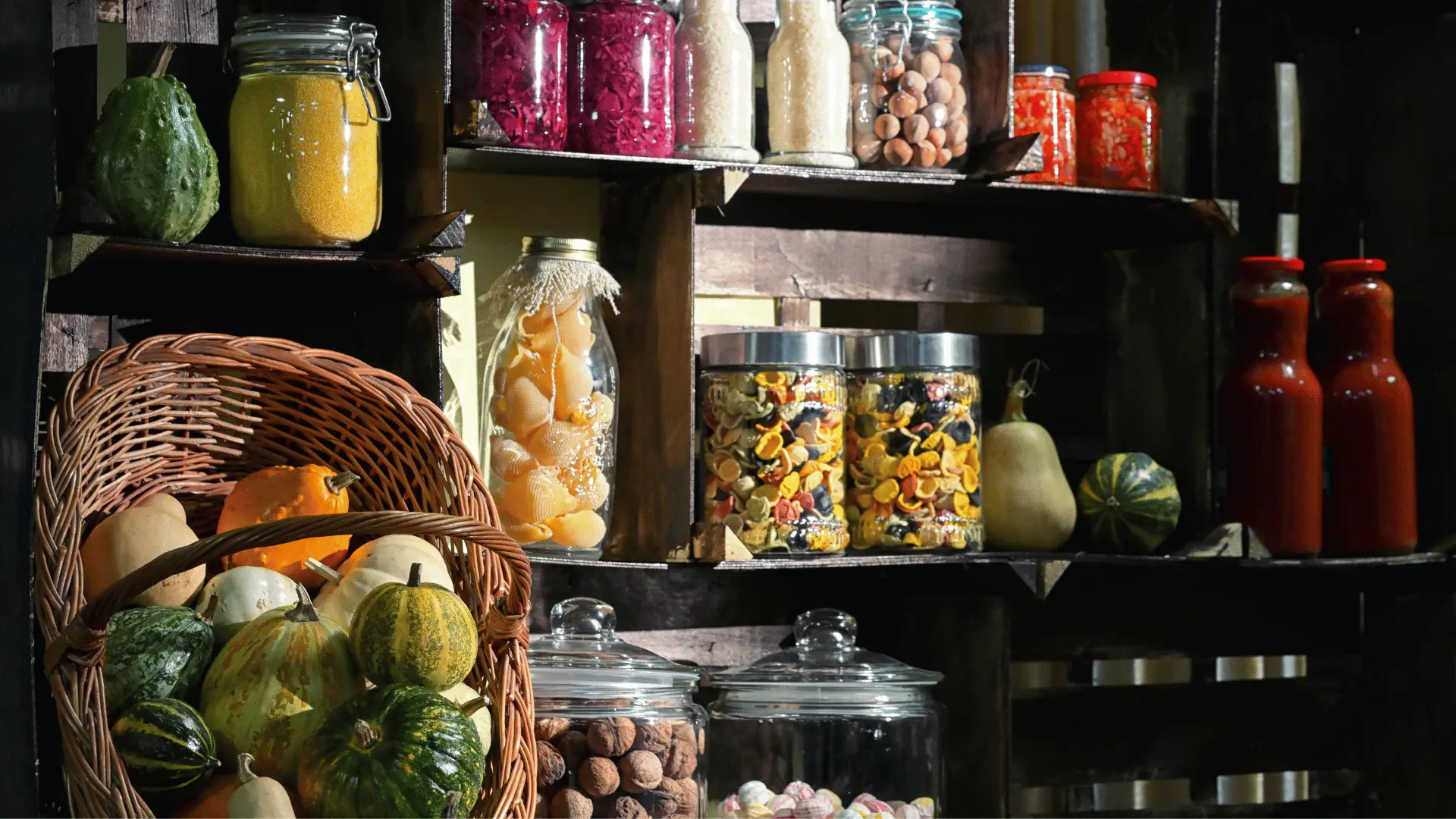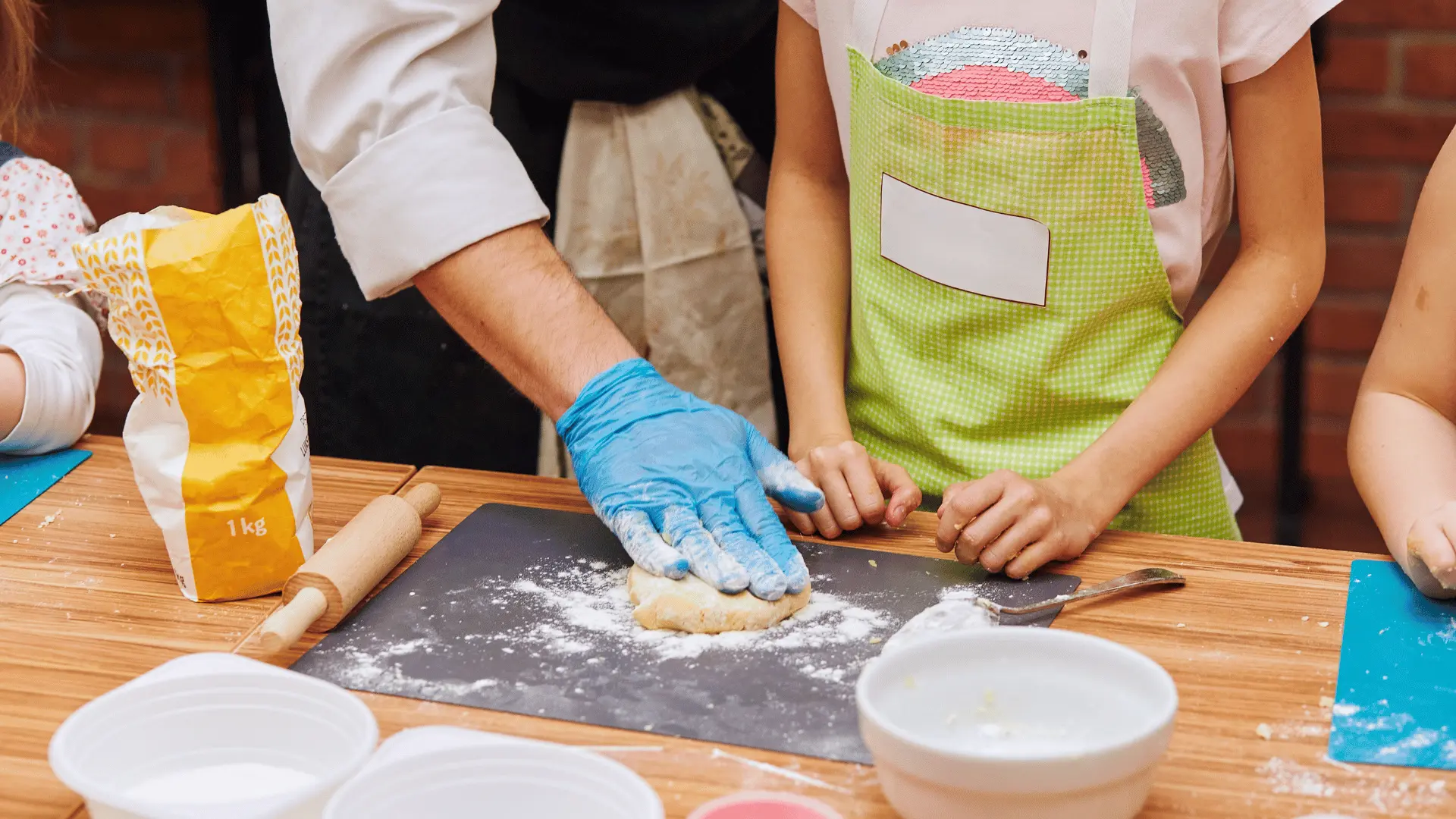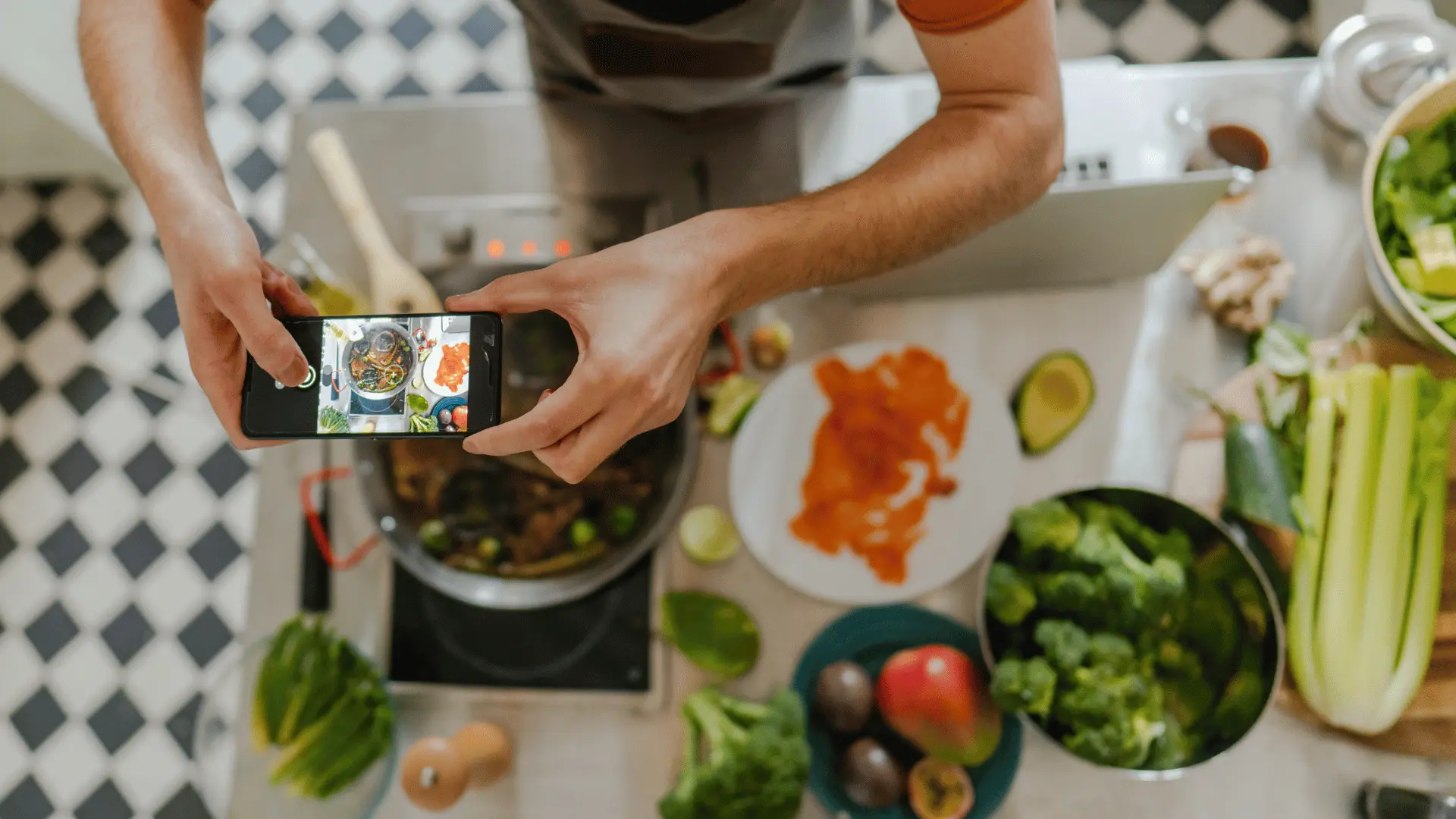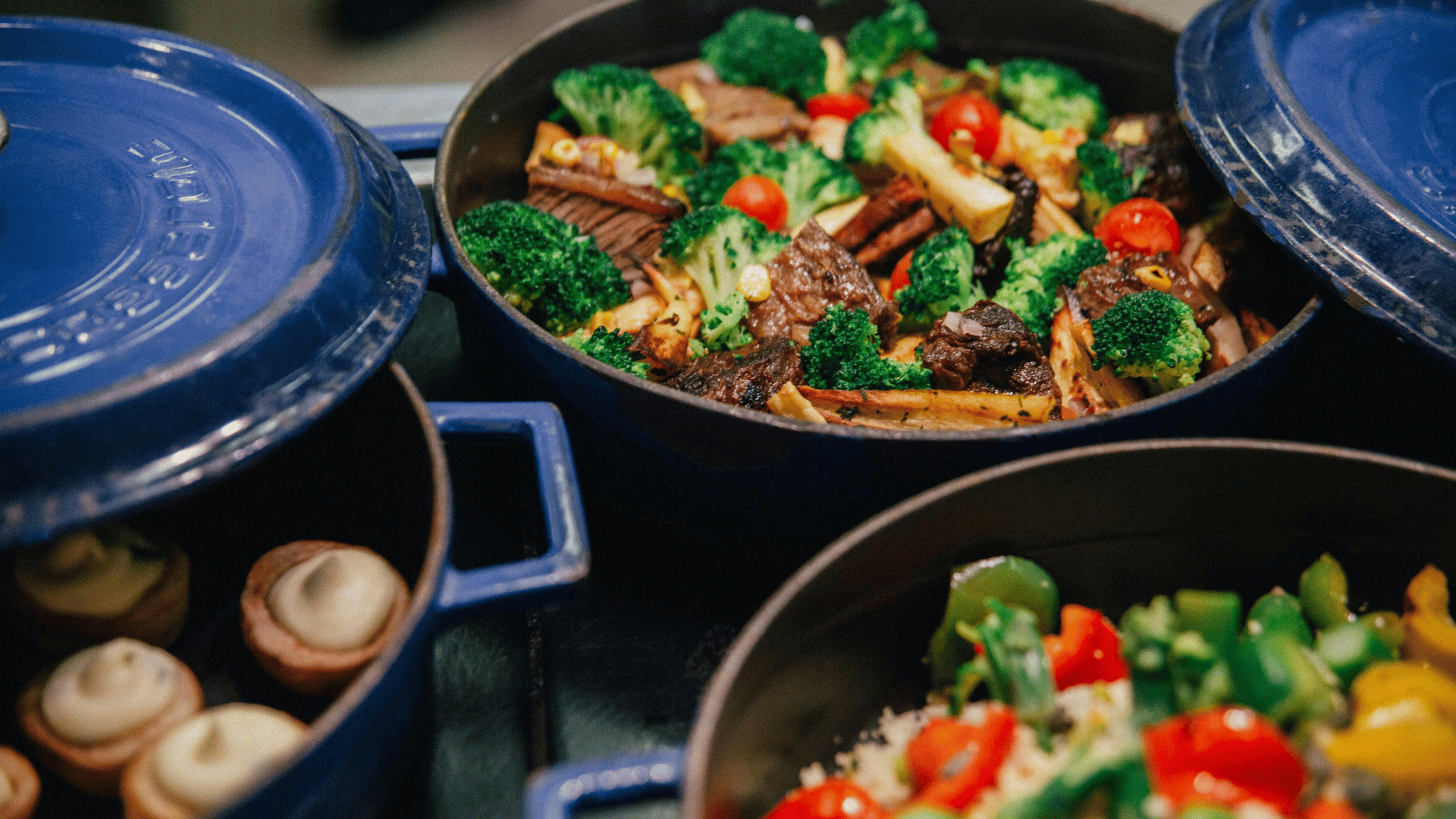
What Smells Like Home? The Science of Scent and Food Memories
Close your eyes and imagine the smell of cookies fresh out of the oven, a pot of tomato sauce simmering on the stove, or bread baking on a Sunday afternoon. Chances are, you didn’t just think of the food—you thought of home. That’s because smell is one of the most powerful triggers for memory, especially when it comes to food.
We’ve seen how the aroma of a dish can spark more emotion than the taste itself. A single whiff of pumpkin pie spice can take someone back to a childhood Thanksgiving. The smell of fried chicken might recall summer Sundays with grandparents. Scientists call this connection the Proustian memory effect, and it’s the reason food memories linger for decades. Let’s explore why scent is so powerful, and how families can preserve these experiences as heirlooms.
The Science Behind Scent and Memory
Smell is processed in a unique part of the brain that sits directly next to the regions responsible for emotion and memory. While most senses take a more indirect route, scent signals head straight to the amygdala (which processes emotions) and the hippocampus (which forms memories). That’s why scents can instantly transport us to another time and place, often more vividly than a photograph or even a taste.
This explains why the smell of cinnamon rolls might remind you of holiday mornings, or why roasting garlic feels like Sunday dinners. Scientists have found that smells tied to strong emotions—joy, comfort, nostalgia—are especially sticky in our memory. And because food is almost always tied to family and gathering, those food-related scents become the strongest triggers of all.
What Smells Like Home?
Every family has its own set of smells that feel like home. For some, it’s the smoky aroma of barbecue; for others, it’s the sweetness of apples stewing into pie. Here are a few common examples:
- Bread baking: Yeast, flour, and warmth combine into a scent universally associated with comfort and nurturing.
- Coffee brewing: For many, the first smell of morning—tied to family breakfasts or grandparents’ kitchens.
- Onions and garlic sautéing: The start of countless savory meals, this aroma often signals love simmering on the stove.
- Holiday spices: Cinnamon, nutmeg, and cloves tied to pies, cider, and holiday gatherings.
- Grilled food: Smoke and char that instantly recall cookouts, reunions, and long summer evenings.
Your family’s list may be completely different. Maybe it’s the dill in your grandmother’s pickles or the cardamom in your aunt’s chai. The important part is that you know it instantly—the scent that says, “I’m home.”
How Food Memories Form
Food memories don’t form randomly. They’re created in moments of connection—family dinners, holidays, or even simple routines. When your brain pairs a strong smell with an emotional experience, that memory becomes etched more deeply. That’s why so many people say their earliest food memories are of holidays or special occasions. The emotion amplifies the scent, and the scent preserves the moment.
Interestingly, even repetition matters. The smell of the same recipe year after year becomes a tradition. Think of the turkey roasting on Thanksgiving morning—it’s not just the food, it’s the smell that announces the holiday has begun.
Cooking as a Memory-Making Act
When families cook together, they’re not just making food—they’re making memories. Stirring sauce, chopping vegetables, or waiting for cookies to bake all involve aromas that fill the house. Later in life, those scents act as time machines. This is why sharing recipes and cooking them again becomes a way of reconnecting with the people and places that shaped us.
How to Preserve the Scents of Family Recipes
You can’t bottle the smell of bread or pie forever—but you can preserve the recipes and stories that make them come alive again. Here’s how:
- Write down recipes: Capture not only the ingredients but also notes about how the kitchen smelled, or the moment you first remember it.
- Record interviews: Ask family members to describe the aromas they remember most—“the smell of Sunday sauce” or “the cinnamon rolls Grandma baked.”
- Take photos and videos: Document cooking sessions so future generations can see (and later smell) the dishes as they come together.
- Digitize it all: Save recipes, notes, and media in a digital family cookbook with Recipe Memory, where the memories can be accessed and shared easily.
Examples of Preserved Food Memories
Families around the world have recipes tied to smell and memory:
- Apple pie: The aroma of cinnamon and apples often recalls autumn gatherings and holiday tables.
- Chicken soup: Simmering broth filled with herbs and vegetables reminds many of being cared for when sick.
- Cookies: Sugar and butter baking in the oven evoke warmth, anticipation, and celebrations.
- Spices: In global traditions, the smell of turmeric, cumin, star anise, or cardamom ties directly to heritage and identity.
When families preserve these recipes and stories, they ensure that those scents continue to connect future generations to the past.
Why It Matters
We often think of heirlooms as objects—rings, quilts, photo albums. But recipes, and especially the scents tied to them, are heirlooms too. They carry the essence of family identity. Preserving them keeps voices, faces, and traditions alive in ways nothing else can.
When you capture food memories, you’re doing more than writing down instructions. You’re preserving the feeling of home, the comfort of familiar aromas, and the joy of gathering around a table. That’s why scent and food memories matter so much—they’re the invisible threads that tie us to our roots.
Key Takeaway
What smells like home for you? Whether it’s the sweetness of pie, the savory comfort of soup, or the first whiff of coffee, those aromas are powerful links to memory. The science is clear: scent has a direct line to our hearts and our histories. By preserving recipes and the stories behind them in a digital family cookbook with Recipe Memory, you ensure that those smells—and the memories they carry—aren’t lost. They’ll be ready to comfort, connect, and inspire for generations to come.
Love what you’re reading?
Join Recipe Memory today to save your favorite recipes, plan meals with ease, and create smart grocery lists ...all in one place.
